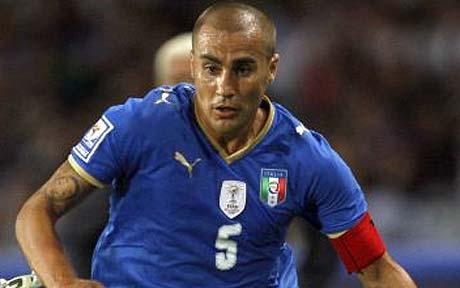
By now you’ve heard the news: 2006 World Player of the Year and Italy captain Fabio Cannavaro failed a doping test in late August, testing positive for cortisone. The Italian football establishment–players, coaches, officials, media–came out in his defense. “The cortisone was lifesaving treatment for a bee sting!” it was claimed. “I was once stung by a wasp,” joked his manager at Juve, “but it was not the same as Cannavaro’s, as there was no need for me to use cortisone.” (I thought adrenaline injections or inhalers were the best emergency treatment for stings.) Skeptics wonder why it took two months for the positive test to be publicized. “It’s just a bureaucratic mistake,” proffered the Italian national team doctor. Given the well documented history of performance-enhancing drugs in Italian football, and in world sport more broadly, these explanations invite scrutiny.
It was in August 1998 that AS Roma manager Zdenek Zeman stunned us with revelations about widespread doping in Serie A. A few weeks later, Italy’s only IOC-accredited anti-doping laboratory was shut down (for one year). Cannavaro himself was implicated in PED use after being shown on national TV enjoying an IV drip of Neoton in a Moscow hotel room before the 1999 UEFA Cup final, a fact confirmed by his lawyer. And Juve’s current manager, Ciro Ferrara, played for Marcello Lippi’s pharmaceutically enhanced Juve side in the 1990s, a team whose physician received a 22-month suspended sentence for his involvement. Several years and one World Cup triumph later, the specter of pharma-calcio is still with us.
Categories